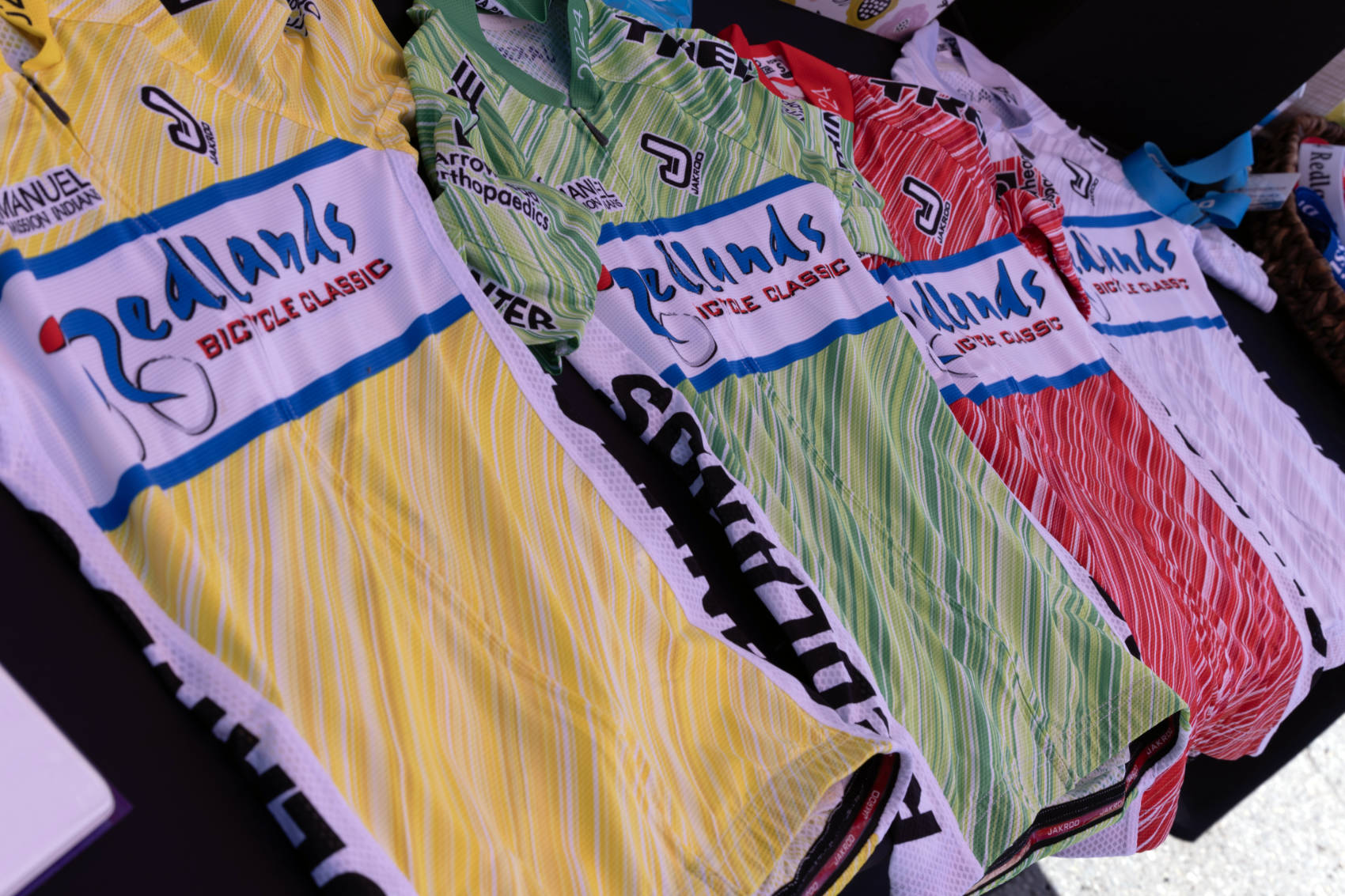About
The Redlands Bicycle Classic was born from two ideas, from two strangers, with two completely different motives, at the same time.
In 1984, the Olympic Games had just wrapped up in Los Angeles and Carole Beswick, the new mayor of Redlands, was looking for a way to revitalize her city’s downtown. According to Beswick, “40 percent of the stores were empty, and the sidewalks were a mess.” After attending a “Main Street conference” in New York, she saw television coverage of the Olympic road races in Laguna Niguel and it clicked, why not host a bicycle race in Redlands?
Beswick approached the city manager with the idea, only to learn that Peter Brandt, a cycling enthusiast and physical therapist in town, made an inquiry the previous day about holding a bicycle race downtown with some of his cycling friends. It was fate. The two met the next day, brought in former Councilman Dick Larsen, and began to organize the first Redlands Bicycle Classic for Memorial Day weekend 1985. By the end of their meeting, they decided not to go with a one-day-race, but to expand it to a three-day stage race. A sizeable $14,000 prize was set, which helped them get approved by the local cycling federation.

Photo: Kris Stewart
Beswick organized a committee and structure to run the race and Brandt used his background in international racing to contact riders. The inaugural Classic was assigned three referees, which proved to be too few, as the results were determined by handheld timing and judging. Brandt found himself recruiting friends to time riders, however, they had no training and there wasn’t even a real finish line. Some riders protested their times, but it was difficult to review their finish, as there were no cameras or film. Although Brandt wondered if continuing after the first year was the wisest move, the committee quickly learned what needed to be done to make the second edition better. Over the years, the Classic began to use cameras to film the races, and technology advanced to allow for accurate results. In comparing today’s event to those early years, it is amazing to see how far technology has evolved. In an interview, Brandt even commented that the primitive nature of the inaugural event “made it kind of special.”
One of the hardest sells of the inaugural event was asking riders to stay in the homes of Redlands residents. Since Redlands did not have many large-scale hotels to house riders, the committee proposed a host family program. Brandt reflected on his racing days, where he
stayed with host families. He recalled how they bonded with their host families, and it became one of the big draws of the event. Today, host housing is far less common than in the mid-1980s, yet, the Classic still places nearly 300 riders in host housing each year and it has become one of the most well-known facets of the event.
After more than 35 years, the Redlands Bicycle Classic continues to be the longest, continuously running invitational stage race in the country and is well-known in the throughout the world. The race has hosted riders who have gone on to compete in the Olympics, Tour de France and other world championships and has certainly earned the tag line “Where Legends are Born.”
The all-volunteer organizing committee works year-round to create an elite-level event. Former Mayor Beswick recently noted, “it’s a testament to the community and to the years and years of really strong volunteers. The people have just been so faithful to the event.” The cycling community in Redlands has grown and the city has responded with fresh bike lanes and efforts to create bike paths. Beswick’s original goal of revamping downtown and making it a destination has been achieved – and the Redlands Bicycle Classic continues to be a part of that.